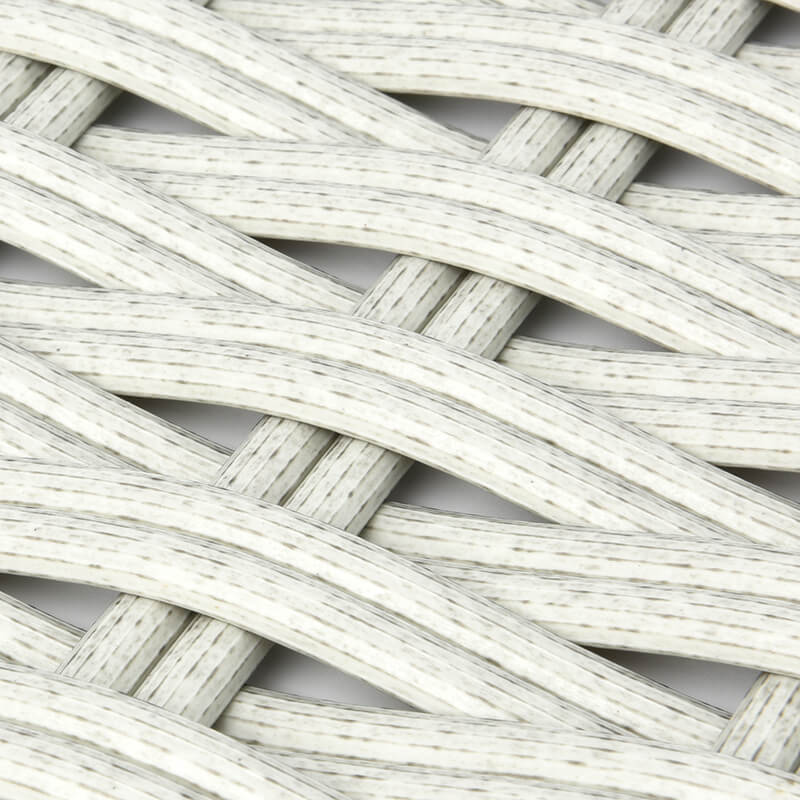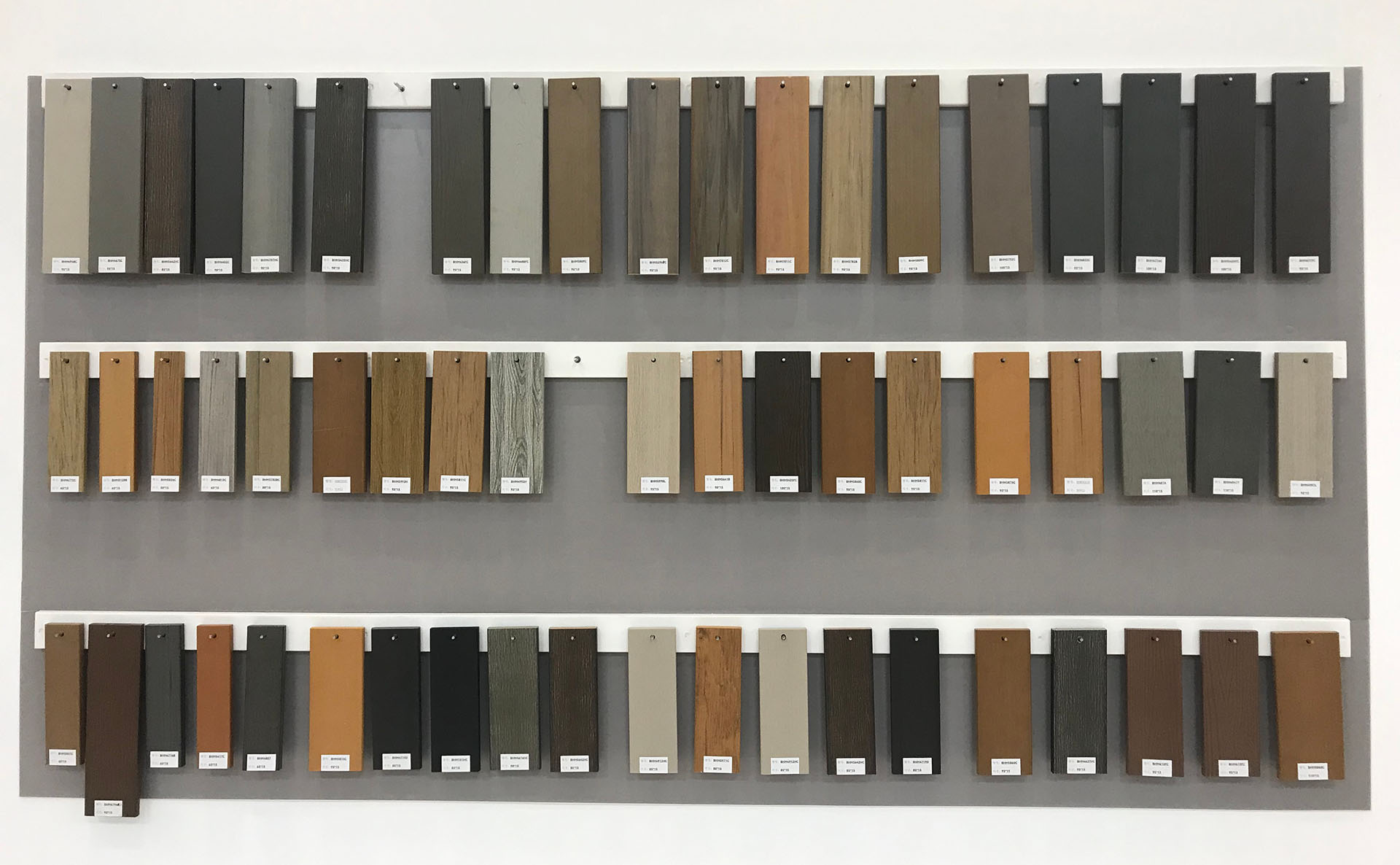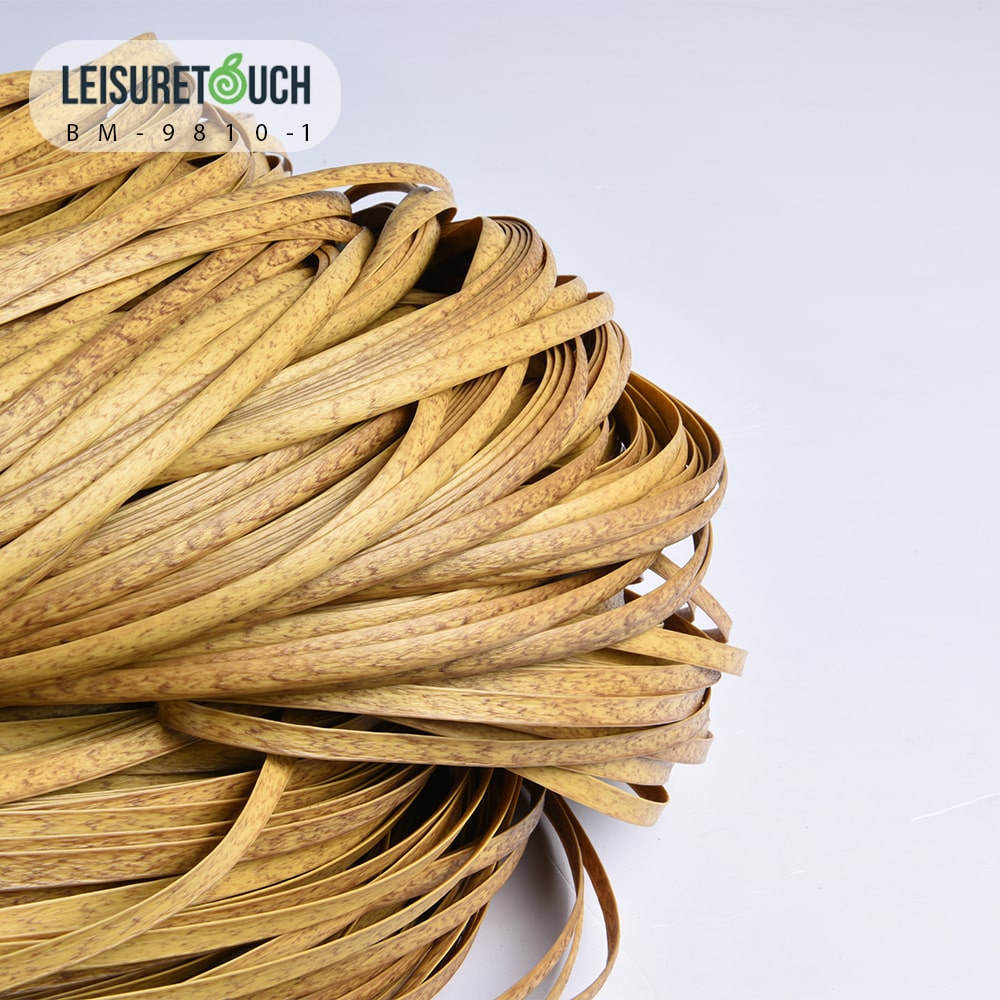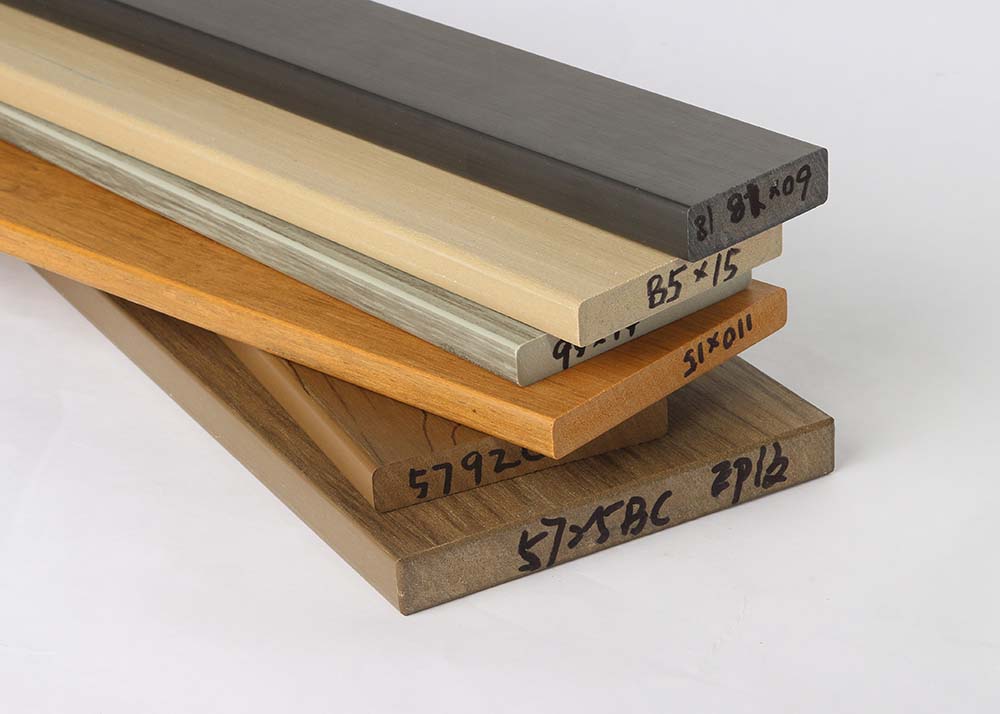Are you having problems regarding to the installation of your thatched roofs? After reading this comprehensive guide, your installation procedure will be easier and more fluent, which can help reduce the time and effort needed for your outdoor roofing projects!
Attractive Roofing Materials: Natural & Synthetic Thatched Roofs
The thatching method has been used in roofing constructions for centuries, and originated from the rural areas in Europe where wild vegetation such as natural straw, and reed could be found everywhere. It was first used to cover early shelters. Nowadays, because of people’s pursuit of natural beauty and rustic style, natural thatch has been widely used in various outdoor roofing constructions, creating a tropical vibe and peaceful feeling to the surroundings.
Along with the increasing trend of thatched roofing methods all over the world, a relatively new type of sustainable thatching material has arisen in the market, which is the artificial thatched roofs. This synthetic material offers people an eco-friendly roofing solution that is both attractive and durable. Let me introduce these two materials to you first a little bit more!
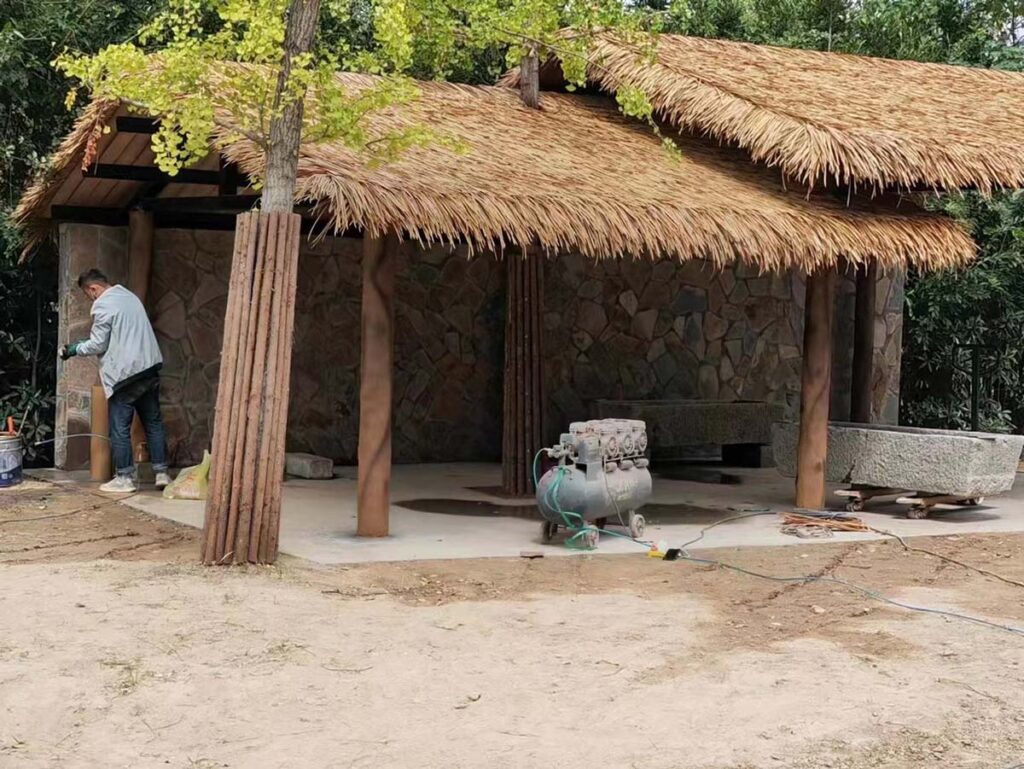
What Are Natural and Synthetic Thatching Materials?
Natural thatching is normally crafted by natural plants such as reed, straw, and palm leaves, valued for their eco-friendliness and rustic appeal. Synthetic thatched roof, on the other hand, is made from resilient and recyclable materials such as high-quality PE or PVC. It offers lots of benefits such as weather-proof, waterproof, anti-insect, safe and durable. Synthetic thatched roof is designed to mimic the look and texture of natural thatch while lasting much longer and requiring less maintenance, making it ideal for your outdoor projects.
Both types of thatch come in two forms: a large panel (in rolls) and smaller individual pieces. The thatch roof material in a roll form looks like a carpet because of its fluffy surface, which is ideal for quick installation over larger areas.
No matter you are choosing natural or synthetic thatched materials, they both offer a warm, earthy charm, enhancing your roofs with a traditional and natural aesthetic. For more stylish and durable artificial tiki roofs, visit our website for more possibilities!

Selecting the Right Roofing Structure
Before installing thatching materials to your roofing constructions, you need to consider which structure you need for your different projects. Structure selection plays an essential role in the roofing installation as it provides a robust base for a perfect installation. Besides, the structure you need for your project might differ based on your constructions and materials used.
There are common types of structures for roofing projects, which are metal wire mesh, traditional wooden surfaces and wooden beams. If you are building parasols or roofing with the shape of a cone, the metal wire mesh is your ideal choice. Meanwhile, a traditional wooden surface is suitable for both thatched rolls and thatched pieces since it is a large panel. The wooden beams are different, they are attached to the roofing with gaps between each beam, which is not suitable for thatched roll installation.

Installation Techniques for Three Different Structures
After you choose the suitable structure for your constructions, you need to consider the installation techniques and tools used to fix the thatching materials. For example, for the metal wire mesh structure, thatched roof is attached to it by iron wire or cable ties. For the other two wooden surfaces, a nail gun, glass cement or structural adhesive is used to attach the materials.
Materials Needed for Thatched Roof Installation
Prepare materials that are needed for attachment in advance to prevent any inconvenience: Thatched roof materials, measure tools, a razor knife or sharp scissors, fasten auxiliaries such as a hammer or staple gun, iron wire or cable ties, glass cement or all-purpose adhesive.
Preparation Stages
Now, you should finish selecting a durable and suitable structural base for your thatched roof construction as it can provide a sturdy construction and long-lasting performance for your attachment. Then, for your safety problem, you should better prepare gloves to protect your hands from getting hurt during the installation and make sure that your project installation is far from any fire source or open flame.
After that, you should carefully measure the total square of the area where the thatched roof is going to be placed and prepare thatched roof materials based on your needs. If you are going to add layered effects to the thatching installation for a more natural look, do not forget to prepare 10 to 15 % more materials for overlapping and overhang. Otherwise, your materials will not be enough for your projects.
The last preparation stage is to rinse your thatched roof materials with a hose since there might be some residues on the materials, especially for natural thatch. Then, wait until the materials are dried.

Step By Step Installation Procedure
- Measure & mark: In order to simplify your later installation process, you should start by measuring the construction areas and mark the exact positions where you are going to place the thatched roof materials. By doing this, your installation will be easier.
- Cutting: If you purchase the thatched roof materials in rolls, you should use a knife or sharp scissors to cut the thatch roof into smaller even pieces. When cutting, you should start at the knots on one edge of thatch roofs and cut down vertically to avoid breaking the materials.
- Begin at the bottom: Thatch should be installed from the bottom of the roof upwards to create an overlapping effect, enhancing both the look and functionality of the roof. For the first bottom layer, leave 20-25 cm of thatch overhanging the roof edges to create a natural-looking border.
- Fix the material: Once you have confirmed the thatching location, you can start fixing it by a hammer, staple gun or all-purpose adhesive. You should use the tool that is suitable for your construction.
- Double-layer effect: To enhance the aesthetic appeal of your roof, consider overlapping the thatch materials or installing a double layer. This effect is common to see in some resorts or coastal tiki huts, creating a tropical feeling in the surrounding environment.
- Work upwards: When applying a layer of thatched roof, you should do it one row at a time. After finishing the first row, you should install the second row vertically upwards for a more attractive look. The next row should have a gap of 25 or 35cm based on your project preferences.
- Cover the ridge: After completing the base layer, you may notice the ridge and hips of the roof remain exposed due to the roof’s angles, which can look unfinished. To enhance the appearance, cover these areas with smaller pieces of thatch for a seamless, polished look.
- Finishing the aesthetic look: Trim the bottom edges of the thatched overhang with scissors for a clean, polished look. Remove any loose strands or crumbs to achieve a tidy finish. These final touches enhance the roof’s appearance and durability, ensuring a neat, professional look that completes the installation beautifully.
If you still have issues regarding the thatched roof installation, Leisure Touch Rattan, a mature thatched roof supplier will assist you 24/7, helping you build your outdoor roofing construction efficiently and successfully!
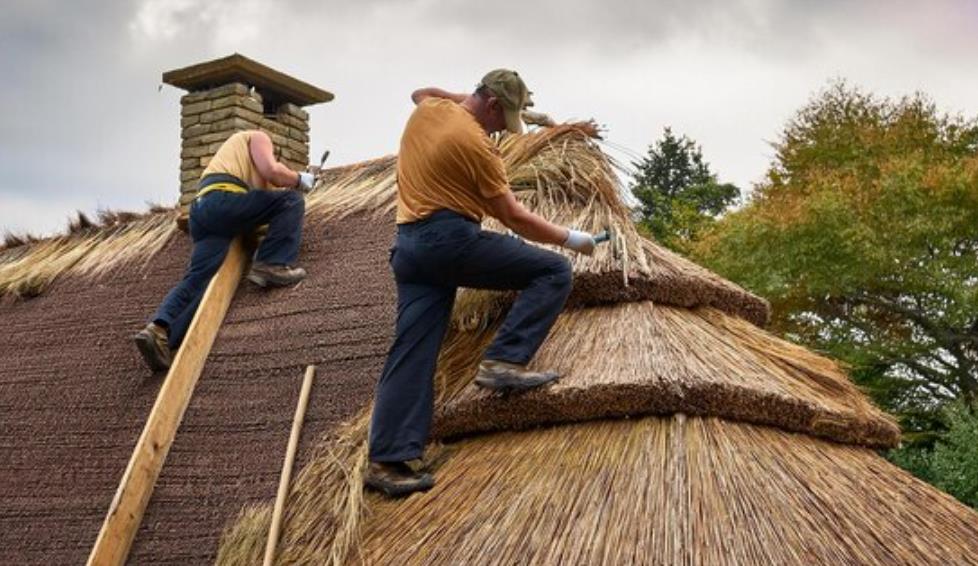
6 Popular Applications of Thatched Roof Materials
With people’s shifts in mindset, thatched roofing is no longer seen as a sign of poverty. Instead, attracted by its unique aesthetic and tropical ambience, people worldwide become interested in using thatch to enhance their buildings, creating a charming, natural look that perfectly complements outdoor spaces. Here, I will briefly explain 6 popular applications of thatched roofs in our daily lives.
1. Beach Resorts: Often used for roofing decoration or shading purposes in cabanas, pavilions, and poolside bars in seaside resorts, thatched roof’s tropical vibe can blend seamlessly with beach landscapes.
2. Zoos: Because of the rustic, natural aesthetic of thatched roof, it is perfect to be used in zoo tiki huts, offering insulation, eco-lodges and accommodations for animals.
3. Theme Parks: Often used for themed kiosks, huts, and pavilions, thatched roofs add an exotic, immersive feel to attractions, creating an authentic atmosphere in jungle, island, or adventure areas.
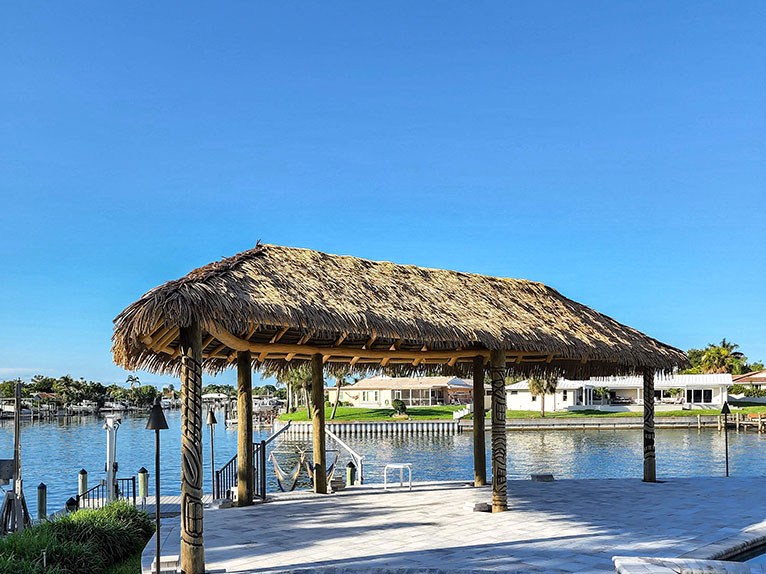
4. Outdoor Restaurants: Thatch provides shade and ambience for open-air dining spaces, enhancing people’s dining experience with a warm, inviting, and relaxed feel.
5. Backyard Gazebos: Not only popular for commercial use, the thatched roof is also widely selected by lots of homeowners since they can transform backyard gazebos and pergolas into relaxing retreats with natural beauty and charm.
6. Meditation Houses: Thatched roofs create a calming and nature-inspired setting for meditation spaces ideal for reflection. Allowing people to truly relax and unwind in a comfortable setting.
Maintenance Tips for Thatched Roofing
Although natural and artificial thatched roofs both serve as a type of sustainable and durable roofing materials for outdoor constructions, you still need to do some regular cleaning and maintenance to extend their service life, especially for natural thatching.
For natural thatched roof materials, please regularly check that if there are any insects in your thatch products. Contact a professional pest control company if the situation is not easy to handle. Besides, do not let rainwater trapped in the thatched roof as excessive moss will damage the natural materials. Furthermore, clean and remove any trash or debris on the surface, so that it will be clean and not easy to trap moisture.
For artificial thatched roof, does not need too much care and maintenance from people since it is entirely made of high-quality PE plastic, which is weather-proof, waterproof, safe and anti-insect. You just need to check its condition regularly and replace any damaged parts.

As a sophisticated artificial thatched roof supplier in China, Leisure Touch Rattan’s products stand out in the construction material market with eye-catching designs and exceptional durability. Offering the natural look of real thatch and tons of benefits, our synthetic tiki roof will be suitable for your architecture. If you still have any problems regarding thatched roof materials or would like to know more about customisation services, contact us now to get more assistance!

